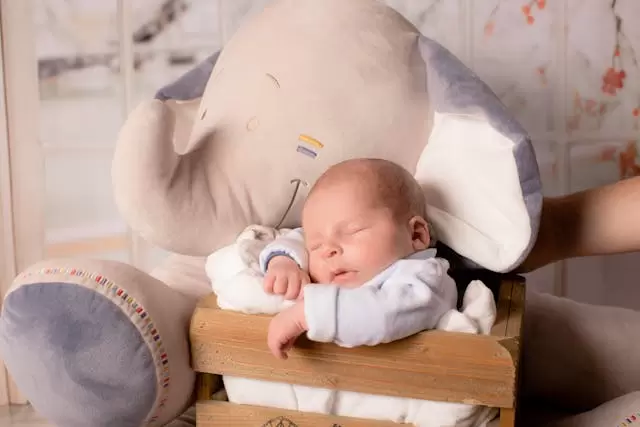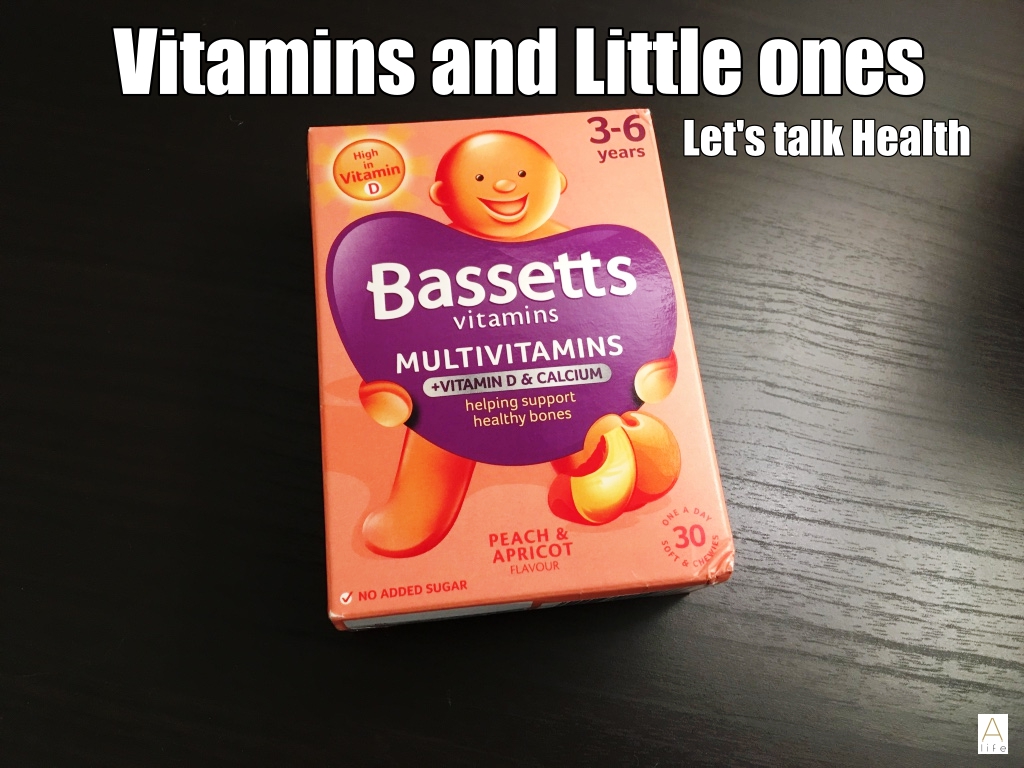Welcoming a newborn is an exciting time, but it can also feel overwhelming. Learning how to use storage when preparing for a baby is key to staying organized. Effective storage solutions are required. They help manage the chaos by keeping necessary items handy and clutter-free in your home. With the right storage strategies, you can make preparation much simpler and less stressful. This guide will show you how.
A Checklist for Baby Essentials
When preparing for a new child, start by listing the essentials: a crib for sleep, a stroller for walks, and clothing for daily wear. It’s wise to have enough supplies to avoid constant washing or shopping. Aim for a week’s worth of outfits and bedding. Moreover, prioritizing space for these key items ensures you keep your home functional and free from clutter. Store the crib in a safe, quiet corner. Keep the stroller in an easily accessible spot, like near the front door. Use drawers or shelves designated for baby clothes. This way, everything important remains organized and within reach, making life with your new arrival smoother.
Creative Ways to Maximize Space in Your Home
To maximize space in your home, think vertically and use dual-purpose furniture. Shelves high up on walls and over-door storage can keep items off the floor yet within reach. Furniture that serves more than one function, like a crib with built-in drawers, saves space too. Home upgrades to consider before the baby arrives also include decluttering other areas of your home. Get rid of things you no longer use or need. With this in mind, look for overlooked spaces for extra storage. The area under the bed is perfect for storing out-of-season clothing or extra diapers.

How to Organize Daily Baby Essentials
Keeping daily baby essentials both accessible and organized is decisive. Use over-the-door organizers, drawer dividers, and clear bins to help. These tools allow you to see and reach what you need quickly. Over-the-door organizers are perfect for storing frequently used items like bibs and towels. Drawer dividers can keep clothes sorted by size or type. Clear bins are great for toys and snacks, making it easy to grab what you need without rummaging. It’s important to designate a specific area in your home for these essentials. Organizing your space this way will ensure that everything necessary is always at hand yet neatly out of sight.
Safety First: Storing Items Securely
Safety should always come first when storing baby items. To prevent accidents, keep hazardous items like medicines and cleaning supplies out of reach. As a matter of fact, baby safety tips emphasize that these items require special attention. Of course, using locked cabinets and high shelves can safeguard your newborn from dangerous substances—similarly, secure heavy items on top shelves to prevent them from falling. Also, ensure that all storage units are stable and can’t tip over. This approach keeps your child safe and gives you peace of mind. By organizing and securing these essentials properly, you create a safer environment for your infant to explore as they grow.

How to Use Storage When Preparing for a Baby
When preparing for a baby, choosing the right storage solutions is essential. Consider using bins, closets, and under-bed storage. Bins are great for separating toys from clothes, making them easy to grab quickly. Closets can hold larger items like strollers or bulk supplies of diapers. Under-bed storage is perfect for less frequently used items or extra bedding. Not to mention, categorizing items helps you find what you need without hassle. Sort everything into clearly defined groups, such as daily wear, bedtime supplies, and special occasion outfits.
Adapting as Your Baby Grows
As your child grows, you’ll need to store outgrown clothes and seasonal items. Efficient storage practices help manage baby items effectively, keeping your home clutter-free and organized. In short, create a system to rotate these items in and out of use. Store winter clothes during summer and vice versa, freeing up space. Hence, labeling and documenting stored items is important. Use clear labels on bins to note the contents and the age range they suit. Another key point is to keep a list of what you have stored and where. This method makes it easier to find what you need when the next season comes.

Planning Storage That Grows with Your Child
As your child grows, their storage needs change. Convertible furniture and adjustable shelving can adapt to these evolving needs. For example, cribs that convert into toddler beds or desks provide long-term value. Adjustable shelving can be repositioned to accommodate larger books and toys as your child’s interests develop. Besides, you can repurpose baby storage items for older children. Use diaper bins for sports equipment or baby bookshelves for school supplies. If you need additional space while preparing your home for these changes, consider NYC Mini Storage for secure and accessible options. This approach saves money and keeps your home organized as your child’s needs shift.
Embracing the New Normal with Smart Storage
Embracing smart storage solutions is important when preparing for a newborn. Effective storage keeps essential items like diapers, clothes, and toys organized and accessible. Learning how to use storage when preparing for a baby can make the most of your space. Additionally, it can make the journey of parenting enjoyable. This organization can significantly ease the transition into parenthood, reducing stress and clutter. As your family grows and your needs change, it’s important to adapt your storage methods continually.
Article by Sally Norton
Photos used:
https://www.pexels.com/photo/baby-in-wooden-box-together-with-elephant-plush-toy-1870840/
https://www.pexels.com/photo/photo-of-a-nursery-room-7028060/
https://www.pexels.com/photo/a-cozy-nursery-room-with-a-gray-and-white-theme-6835044/
https://www.pexels.com/photo/man-and-woman-building-a-baby-crib-5217121/




 Em Português
Em Português En Español
En Español